
TOURING CARACAS
Today fellow members of this great platform Hive I am pleased to show through this publication my experience visiting the Museum of Print and Design Carlos Cruz Diez located in Venezuela Capital District.
The motivation was born in me when I recently heard my Geography professor at the Central University of Venezuela say informally that we are few citizens who really appreciate what our country has, its architecture, culture, history and gastronomy.
Focusing on the first three points above I started my personal research by pinmapple observing on the map what other places I had yet to visit.
So without further ado I present my discovery and point of view of this building that encompasses art as an integral design transformed into works and prints of great cultural value.
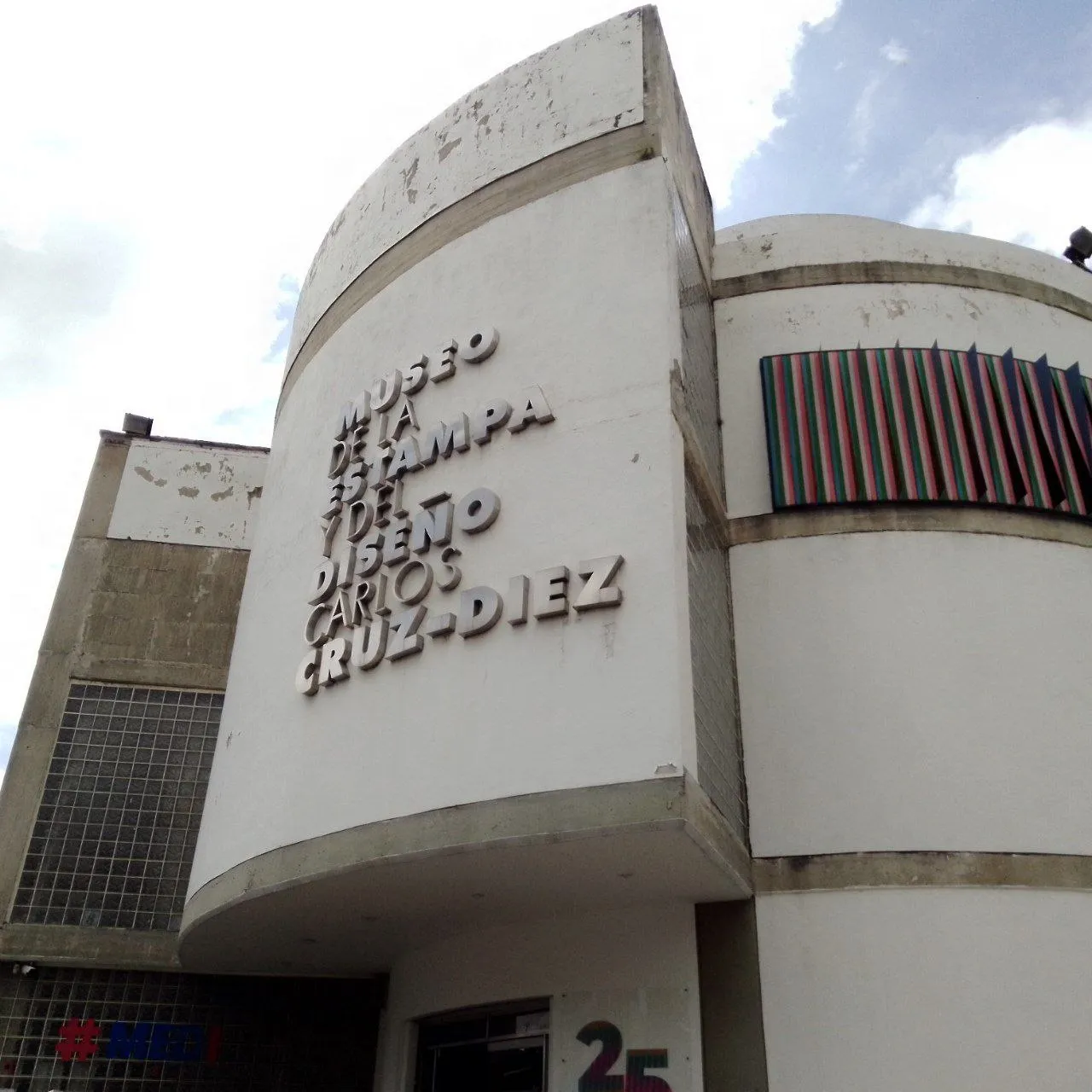
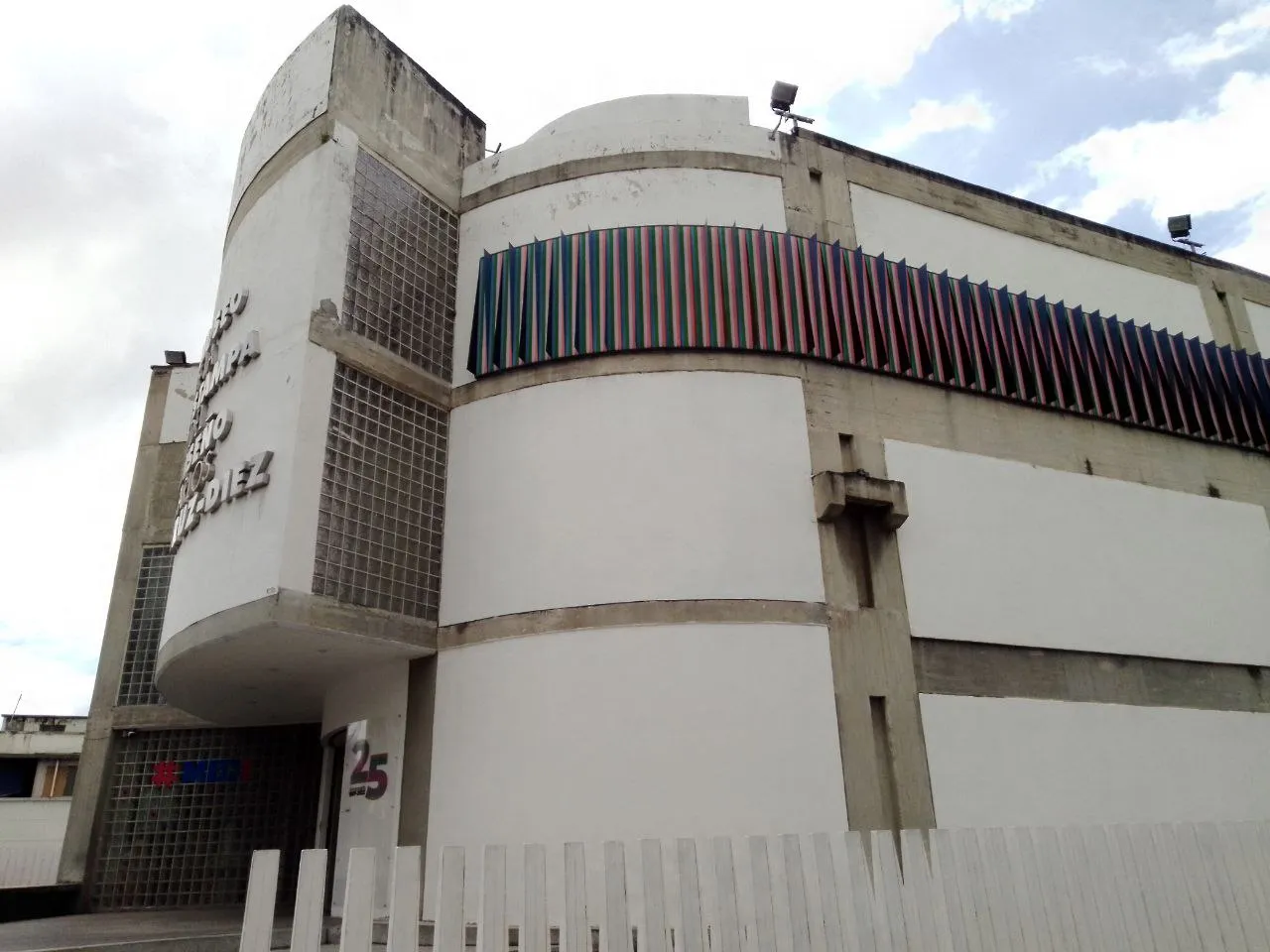
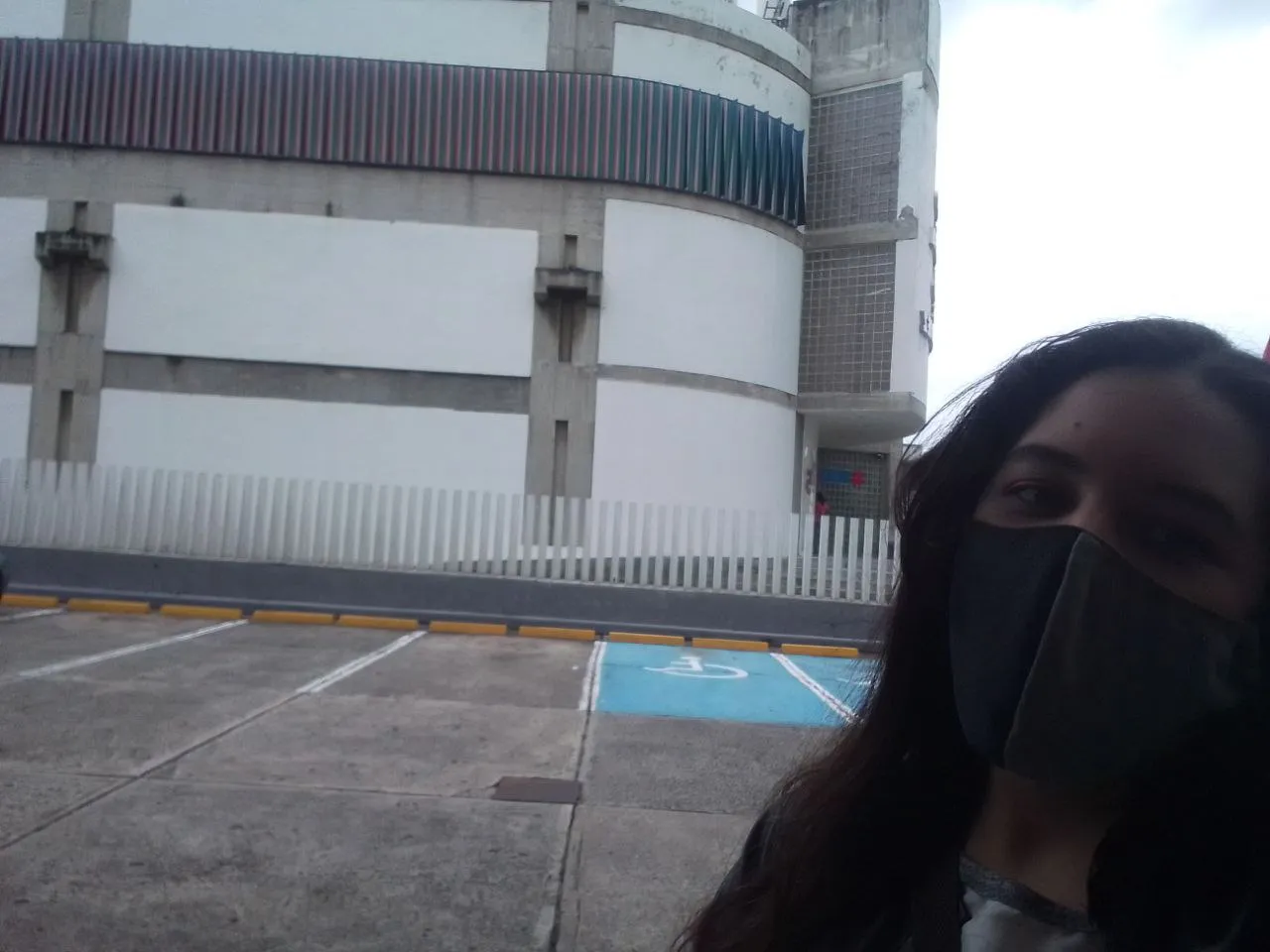
The architectural work and creation of each of the external spaces was created by the architect Horacio Cose with the aim of creating a unique place in design as a structure. At first glance what stands out most of the structure is the beautiful linear pattern of stripes of different colors and in some ways currently also consider innovative its semi-oval shape.
It is worth mentioning that as you can see in the photo there is a free parking space for visitors, as well as for administrative personnel and museum workers.
Regarding the schedule I was informed that in case you want to visit a National Museum you should go from Thursday to Sunday from 9 am to 5 pm approximately and it is also important to check the holidays since they usually do not work on those days.
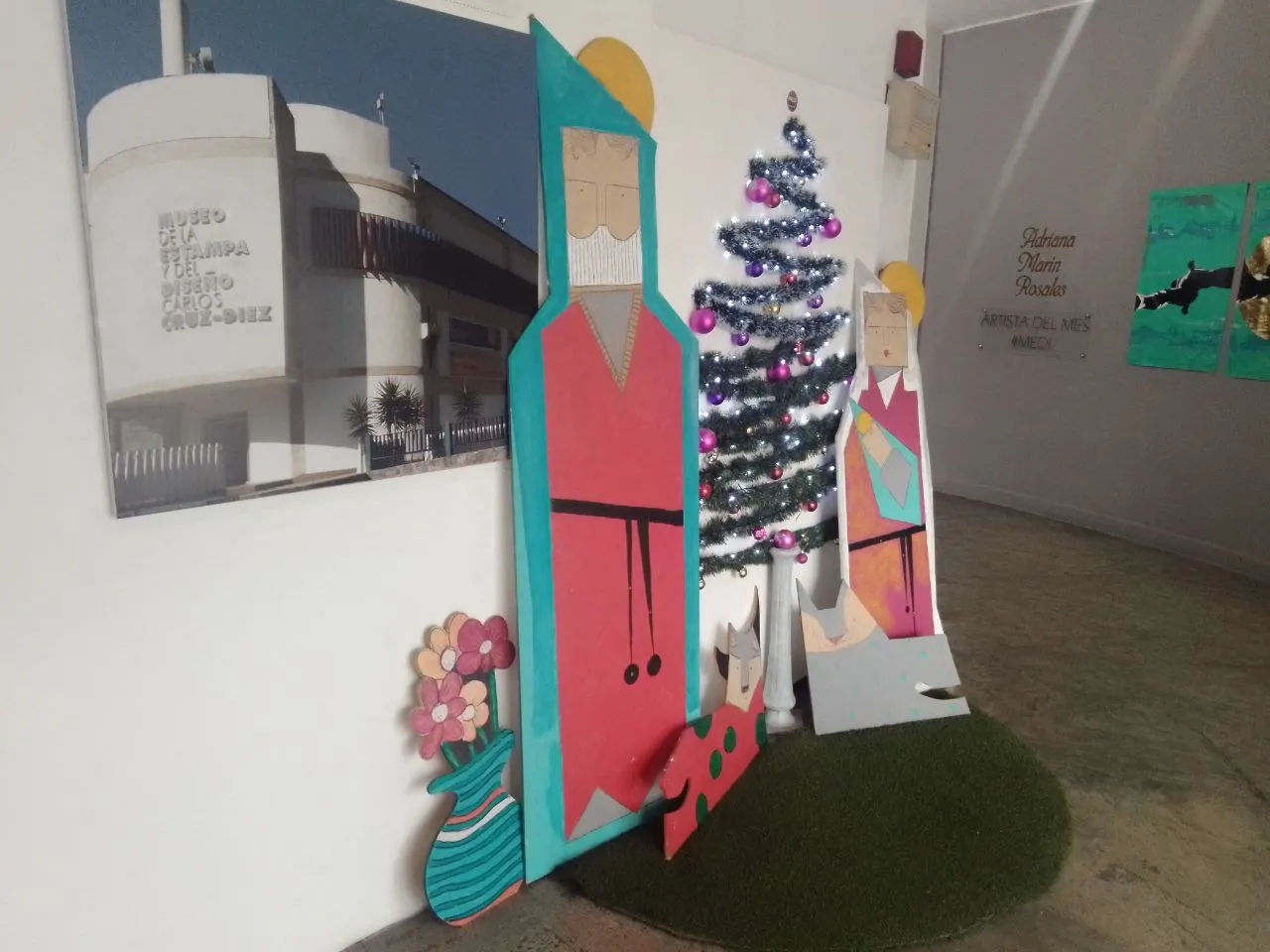

Upon entering I found that they were already doing a Christmas-themed update of the spaces inside the museum, so I present to you the first artistic representation that welcomes the other exhibitions.
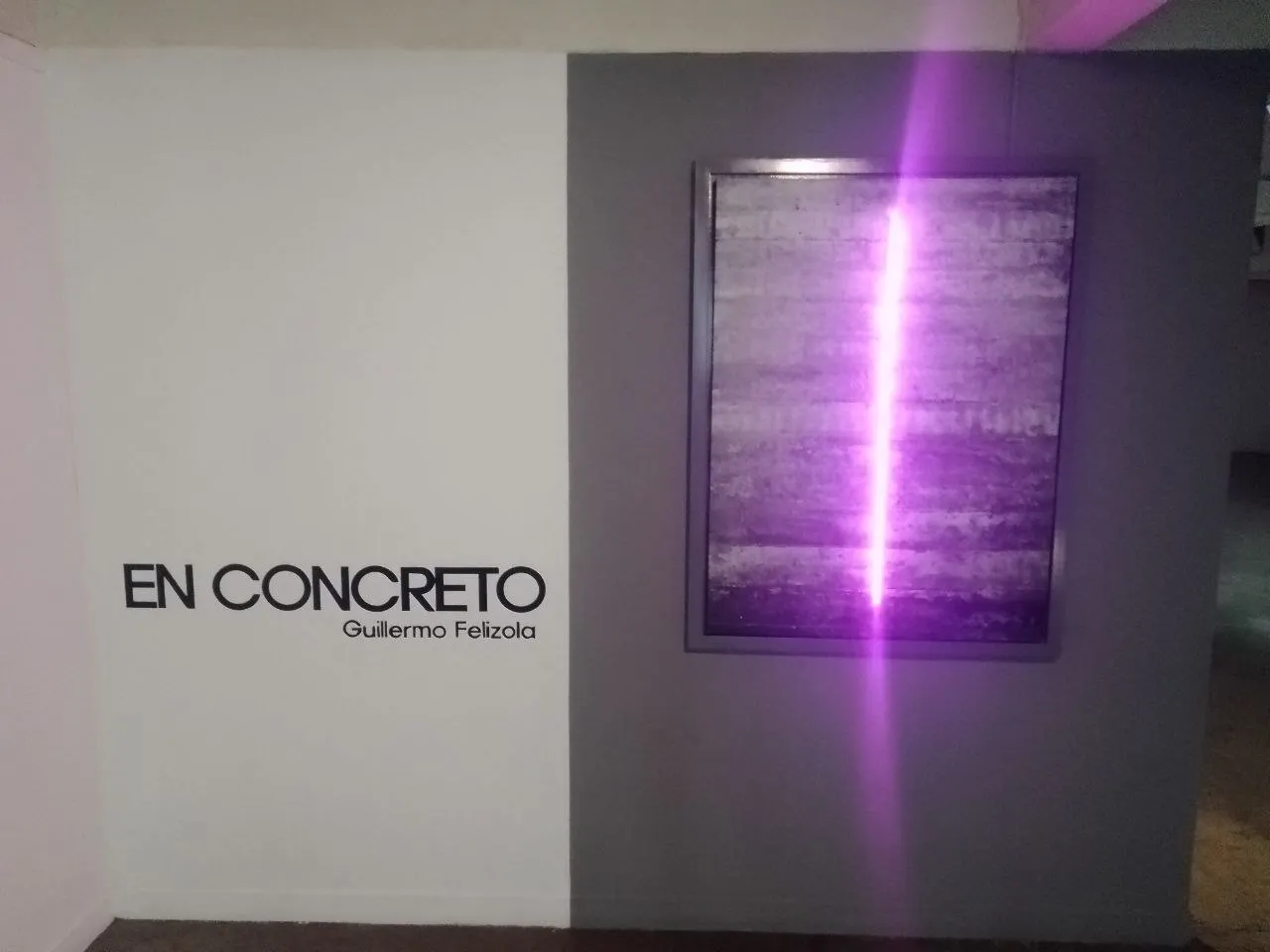
Upon arrival, a world of modern and contemporary art opens up, in this case I present the work by Guillermo Felizola called "In Concrete" where in an interpretative way the audience is expected to observe how the lights and colors overcome the gray colors of the concrete.
From my point of view, it is impressive to see the energy that this work has; especially the vibrant and striking color that was used by choosing to present the purple color coming out with all its strength from the space that surrounds it.
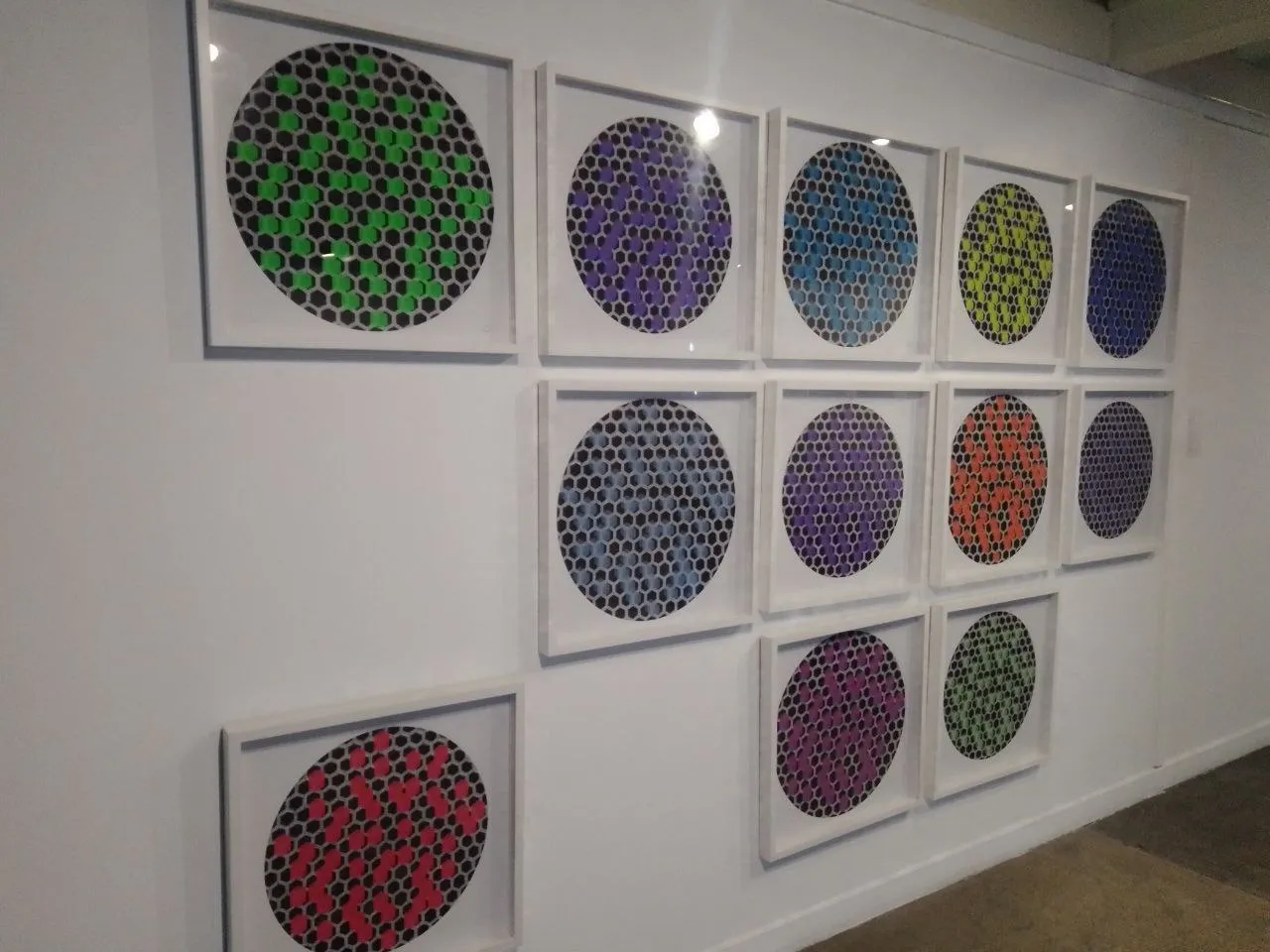
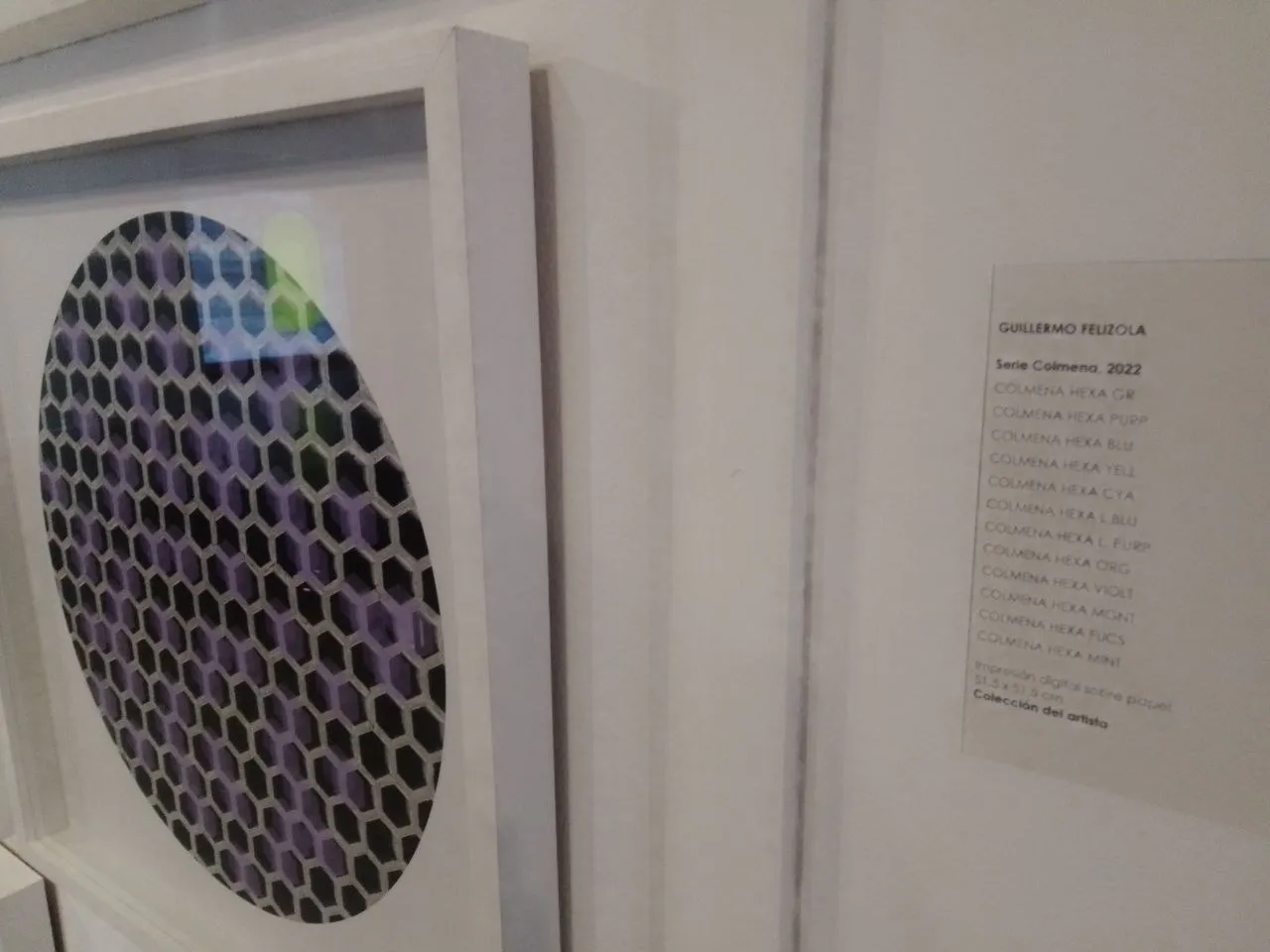
In the following work of the same author Guillermo Felizola shows different circles represented by the black and white color inside in the form of patterns that in turn manages to confuse the viewer with the colors overexposed in the conservation glass; in this case to give life to the works each of them has different color.
After reading the description and understanding that this is the series titled "Hive" I understood that the author interpreted in his own way how the beehives of the bees were.
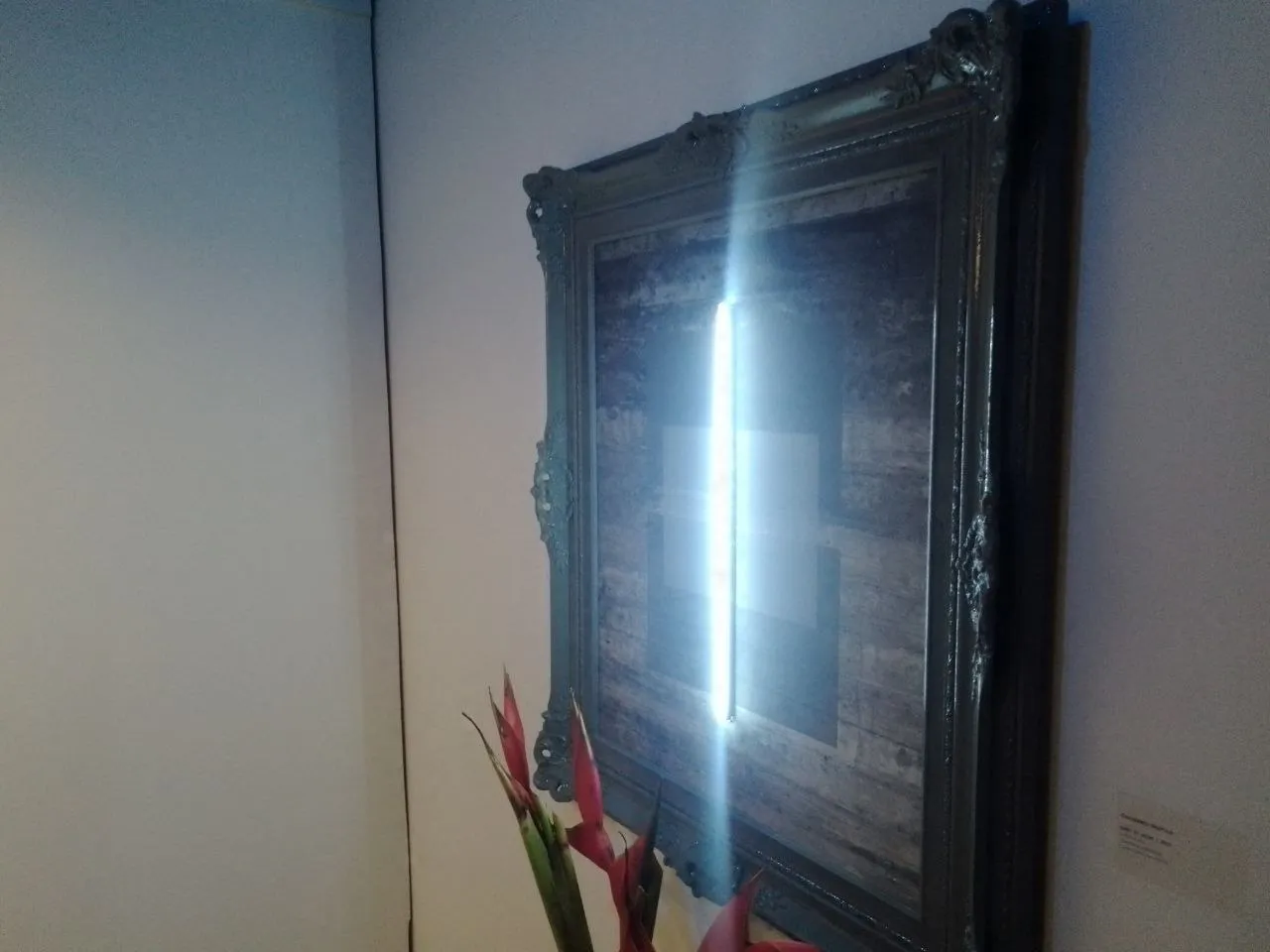
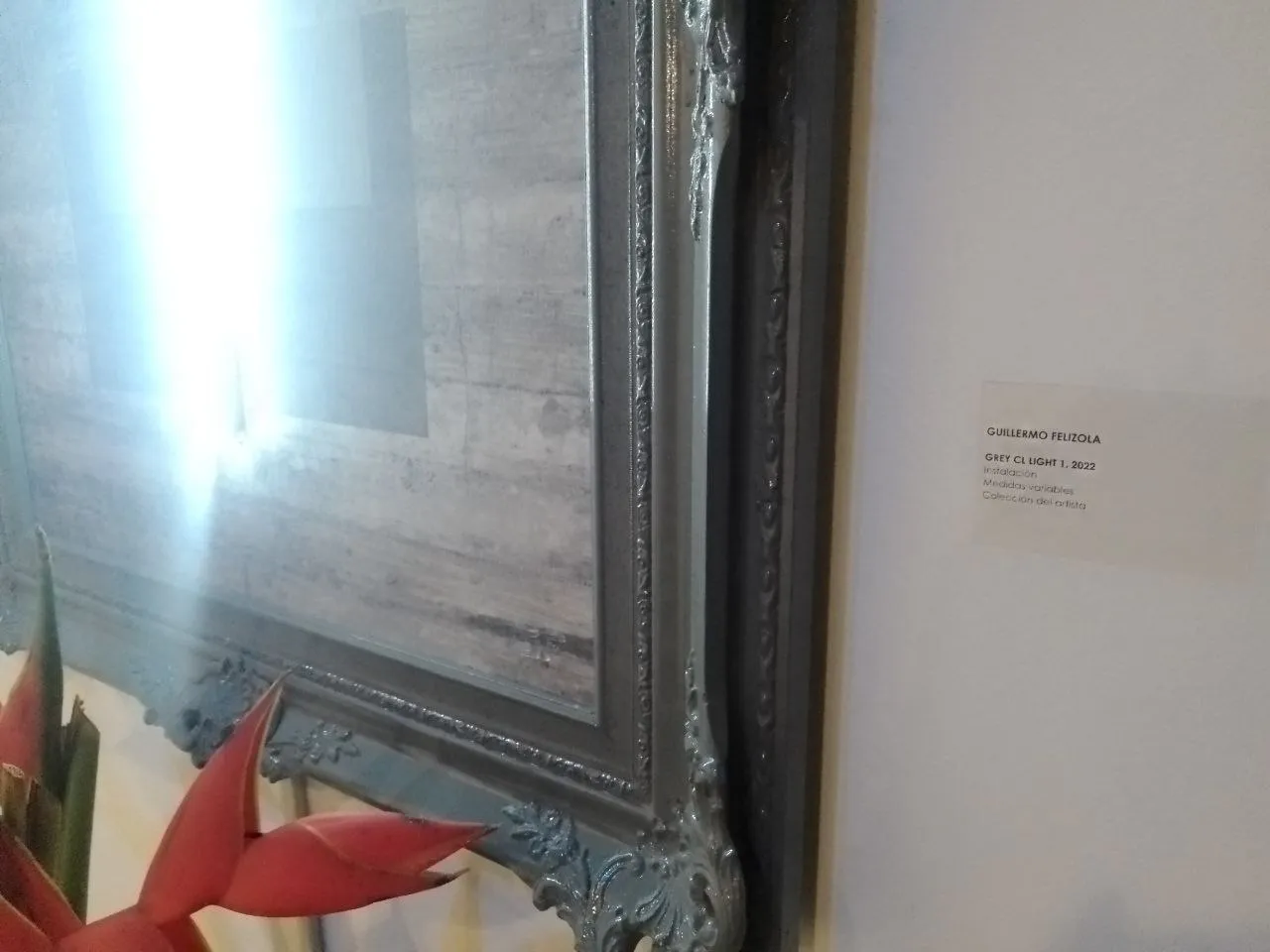
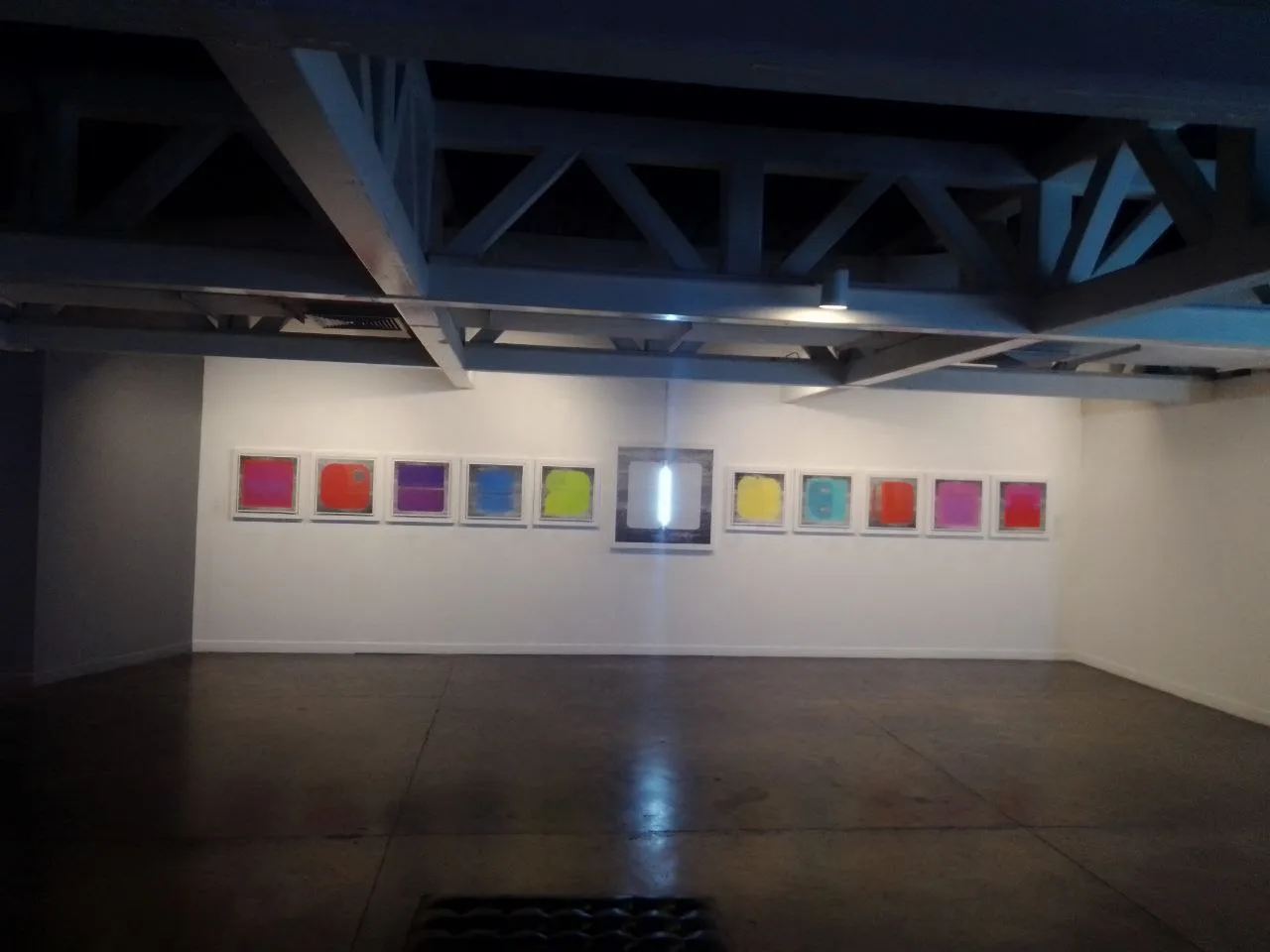
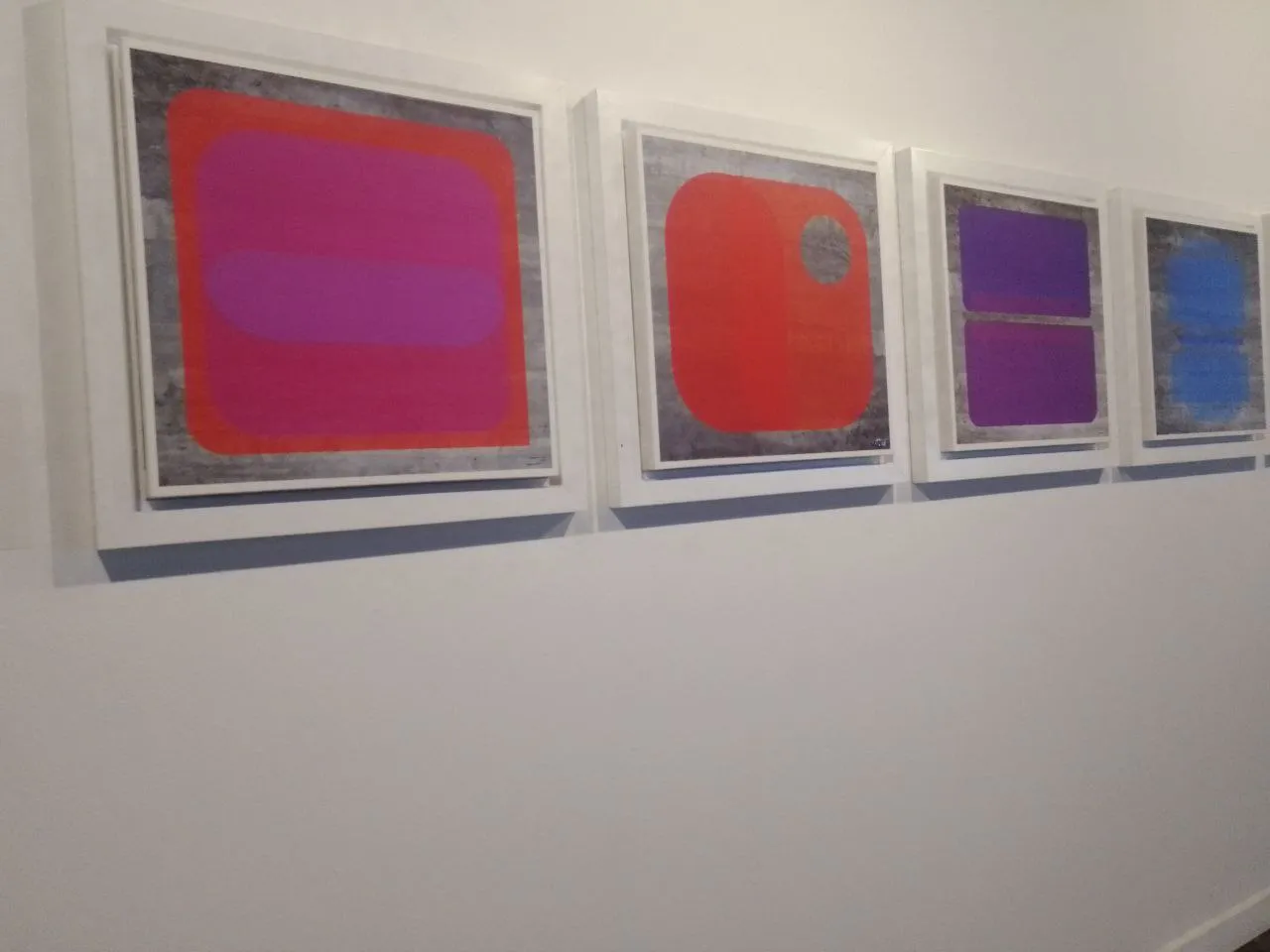
Continuing with the same order of ideas of the exhibition titled concrete, these two works are presented, which like the previous one, make use of thin lamps to highlight the power and vibrancy of the works presented.
The smaller paintings, as far as I understood, represent monoliths in their various abstract presentations, shown in a colorful way against a grayish background that simulates a concrete wall.
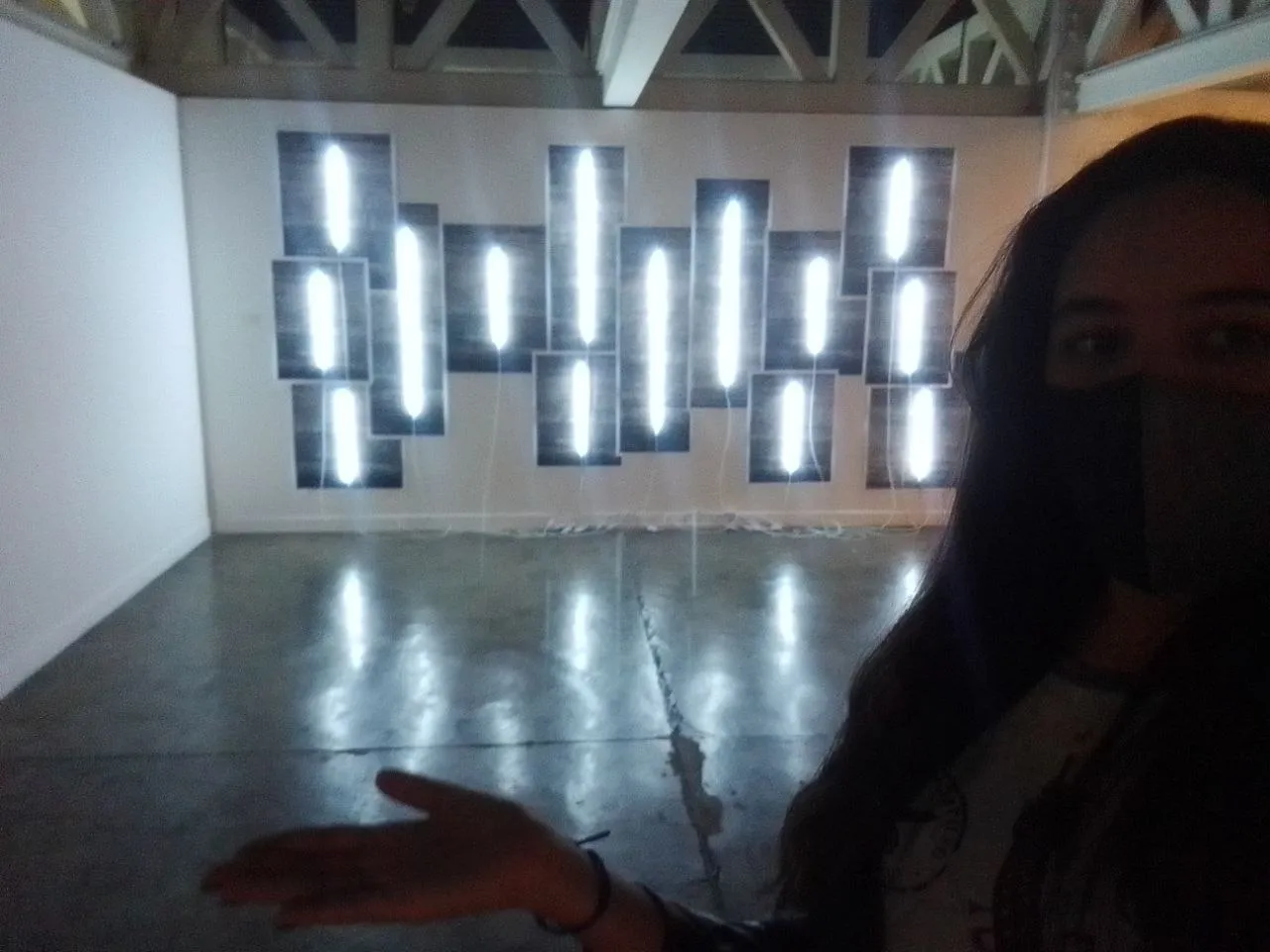
This is one of the last works presented in the first space of this Museum, it is really one of my favorites of the entire collection, I felt like a person totally attracted to these bright spotlights, where even the light coming out of each lamp bounces off the smooth floor.
I know it's not a common framed work, still the disorganized placement of the sheets and the different sizes of the lights make this work totally unique.
STAMPS


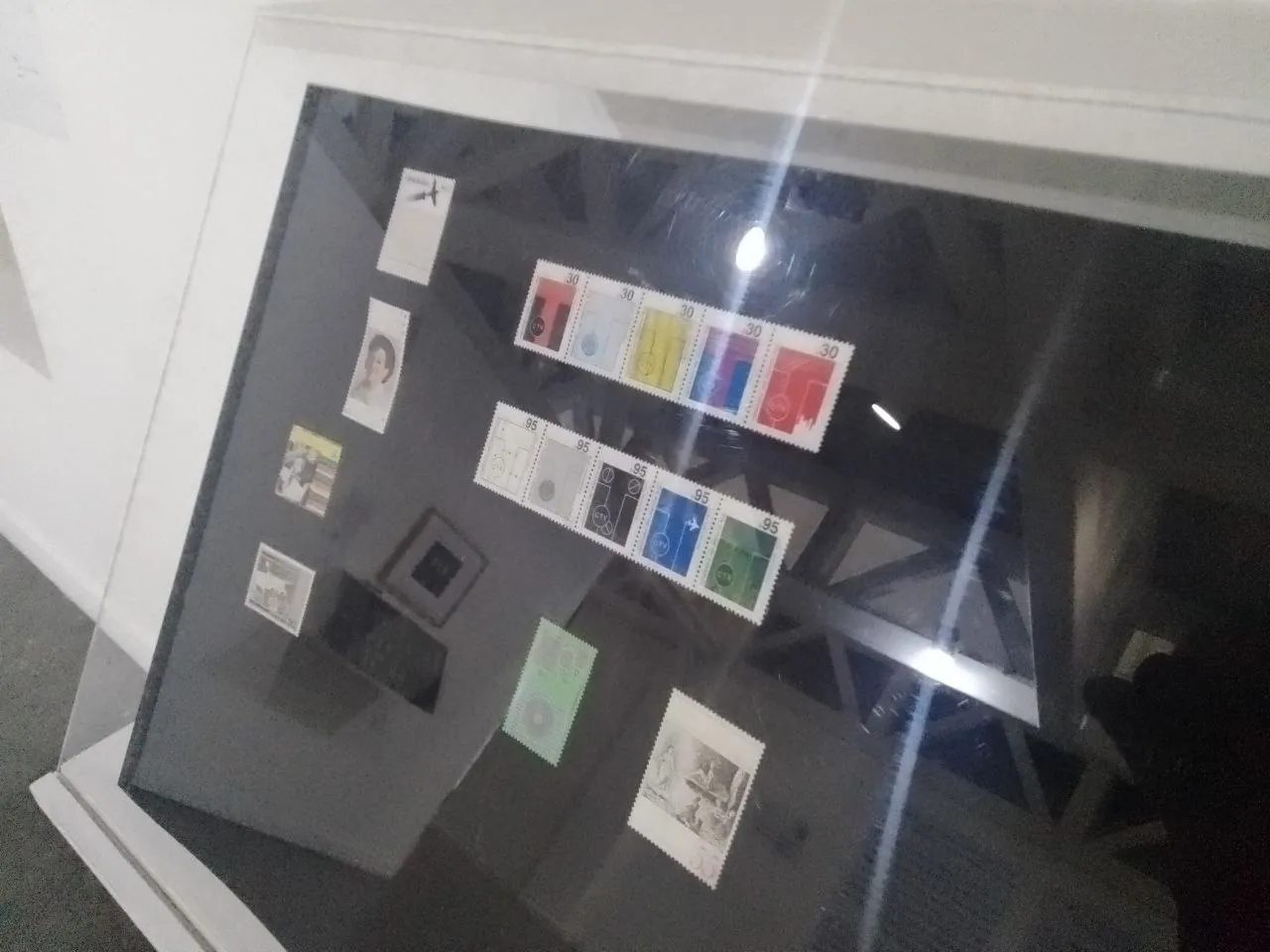
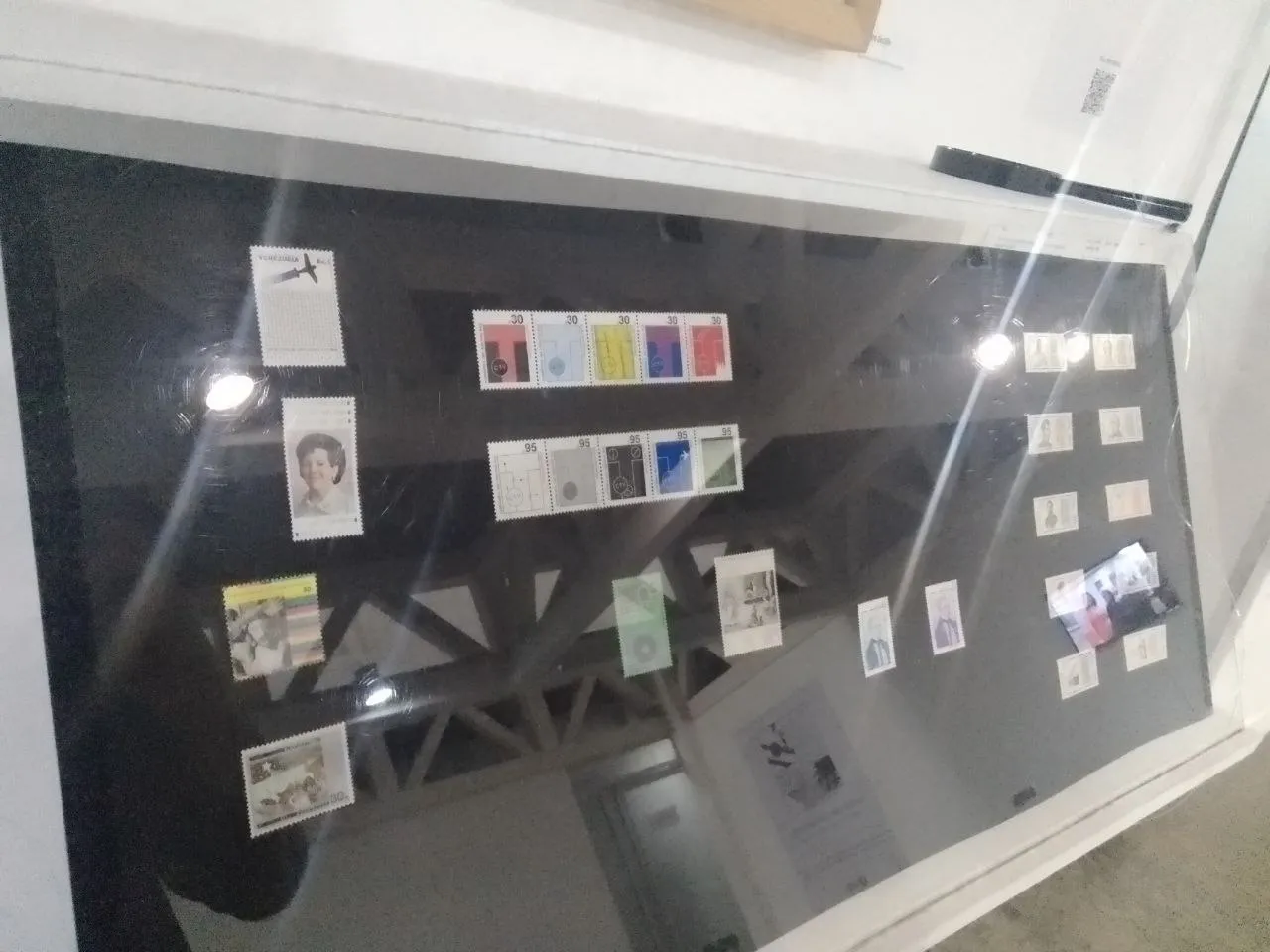
In this second room the theme to highlight are the prints; the challenge for me was to try to get a photo as clear as possible, since the light hit right on the protective glass of each of the exhibits present so much so that as you can see you can see my silhouette as the structure of the Museum.

The prints are usually represented by logos, faces of historical characters, events, structures, things and landscapes of all kinds of regions. Each one of them has a value depending on its production and cost.
The importance of the stamps is based on their history of mass production and their use in letters as envelopes for personal correspondence; these in turn could have different types of meanings.
STRUCTURE
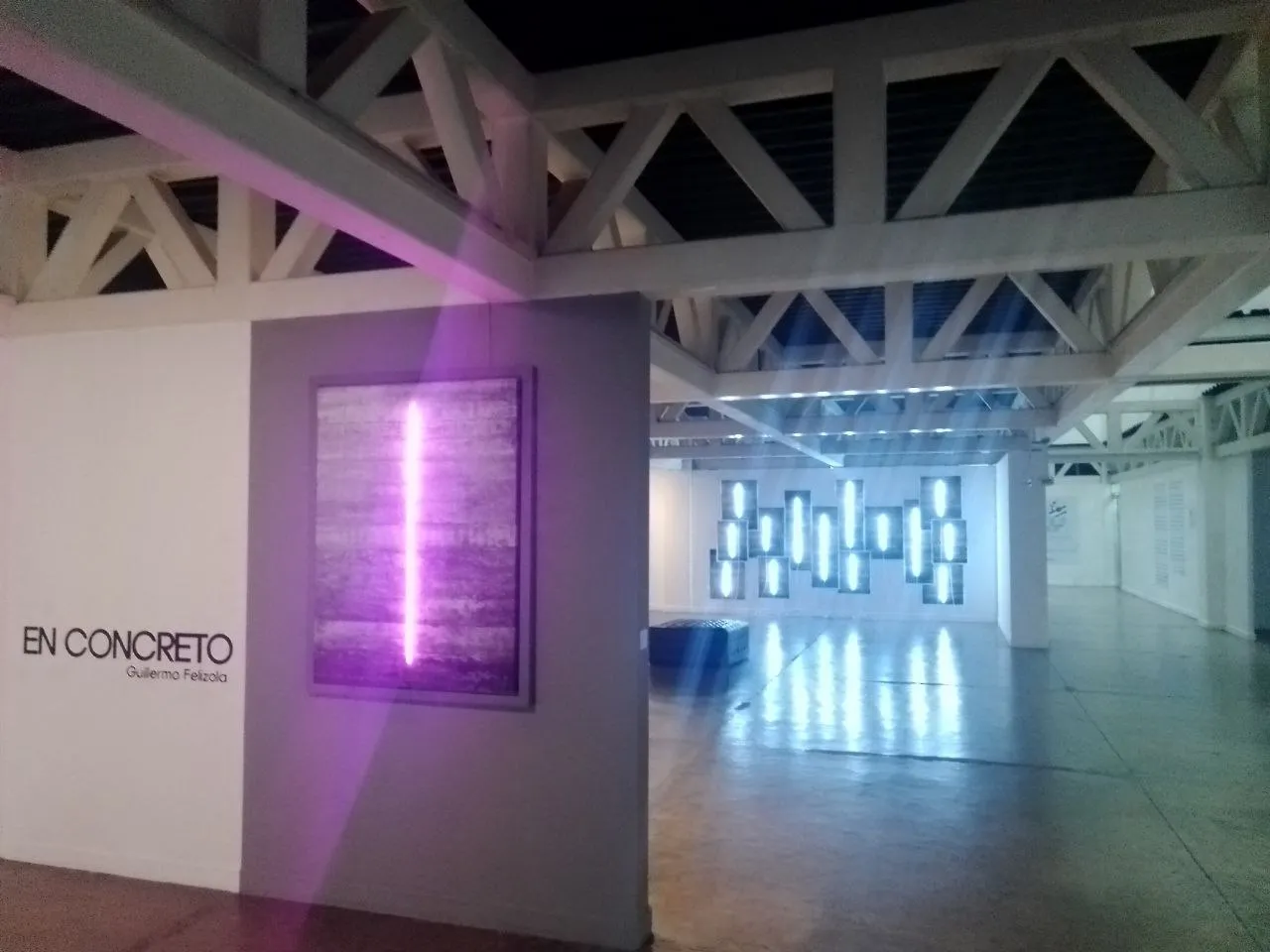
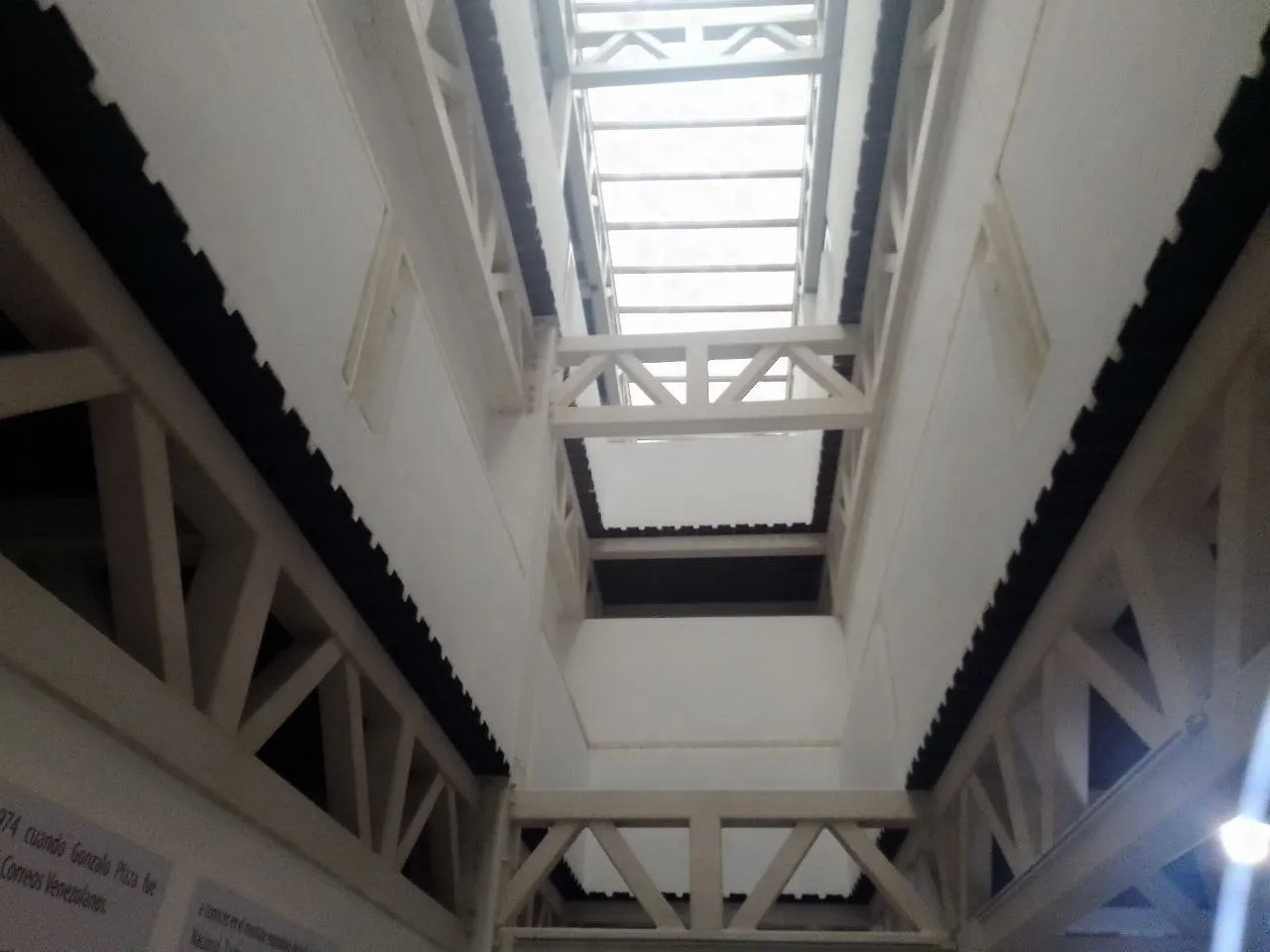
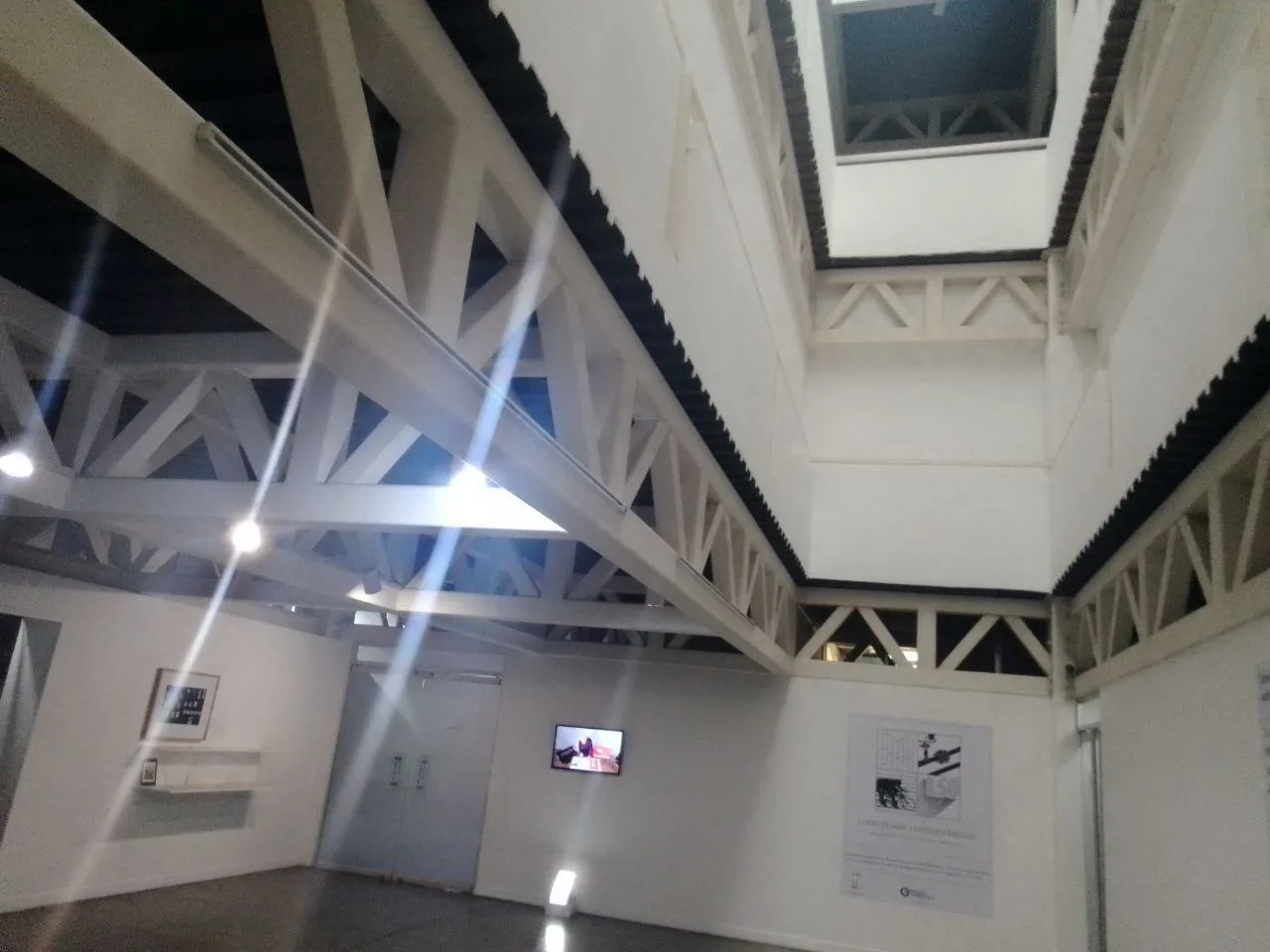
Visibly it is easy to recognize some of the materials used for the construction of this Museo De La Estampa Y Del Diseño Carlos Cruz - Diez; the first material that stands out is the concrete as the reinforcing steel used to create the walls that divide the spaces and form part of the entire main structure.
Then there are the steel columns placed on each wall and space as essential support for all the reinforced concrete used on the second and third floors.
In general terms I can indicate that visiting this museum is a totally magical and unique experience, since each work of art on display encompasses several meanings that can be interpreted by different people, the only detail is the great darkness inside the building and there are no windows which makes the photos are somewhat complicated to take.
The best way to do justice to these photographs is to be able to visit each of the spaces, which are also presented with background music that cannot be transmitted through these photographs.
As for the structure, what caught my eye in a unique way was to observe the steel columns, which I personally feel give a unique character to the entire structure in such a way that in my eyes this museum is another unique work that stands out naturally.
NOTA: Aplicación utilizada para la edición de foto: Photo Studio.
Traductor utilizado: Link
Para saber más del Museo De La Estampa Y El Diseño Carlos Cruz Diez: Link
NOTE: Application used for photo editing: Photo Studio.
Translator used: Link
To learn more about the Museo De La Estampa Y El Diseño Carlos Cruz- Diez: Link
